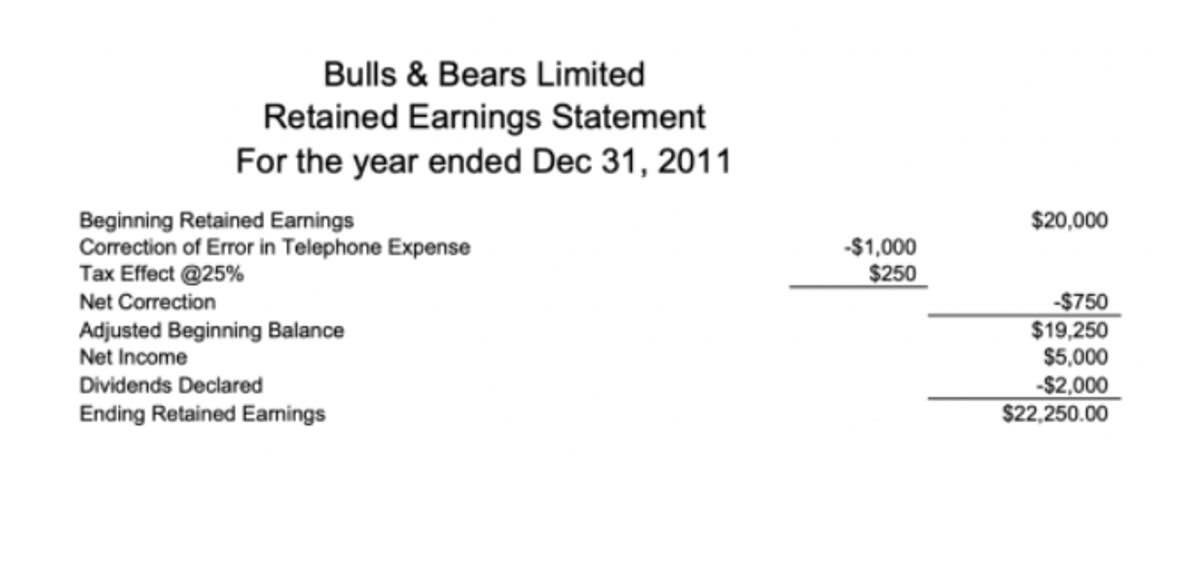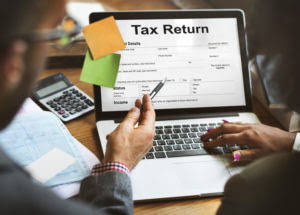Income Approach: What It Is, How It’s Calculated, Example

The capitalization rate, typically just called the “cap rate”, is the ratio of Net Operating Income (NOI) to property asset value. Upon dividing our property’s net operating income (NOI) by the cap rate, we arrive at an implied property value of $84 million, which matches the original assumption stated at the start of our tutorial. The $10 million difference between potential gross income (PGI) and vacancy and credit losses is the commercial rental property’s effective gross income (EGI). Since net operating income (NOI) neglects the effects of debt financing, the cap rate is better suited for comparative analysis, unlike the cash-on-cash return. In short, the answer is rather nuanced and subject to the specific investment strategy, minimum required rate of return, and risk tolerance specific to the investor. But of course, there are a broad number of factors, such as property type, classification, and asset class, that influence what a “good” cap rate is.
- Once you have calculated the cap rate, it’s important to interpret the result in the context of the property’s location, type, quality, and other external factors such as interest rates and market trends.
- The expected cash flow value represents the net operating income and the asset value matches the current market price of the property.
- If the rent being collected is not greater than current expenses, the investor will most likely not purchase the property.
- Let’s say there is a single-family home listing for sale at $100,000 with a net operating income (NOI) of $8,000.
- Choosing which valuation and profit calculations to use depends on your goals and the property type.
Commercial Property Investment

The expected cash flow value represents the net operating income and the asset value matches the current market price of the property. The capitalization rate (also known as cap rate) is used in the world of commercial real estate to indicate the rate of return that is expected to be generated on a real estate investment property. Additionally, cap rate does not consider any debt financing or taxes on the property. As such, it’s important to use cap rates along with other financial metrics and take a holistic approach to evaluate potential real estate investments.
Real Estate Pro Forma Forecast
- Venturing into real estate investing can be complex, but you don’t have to navigate it alone.
- In addition, an investor should consider how efficiently the property is operating.
- A cap rate calculator is used to measure a subject property’s expected rate of return.
- For example, while cap rate can provide insight into a property’s current income and value, a cash-on-cash return considers any financing costs.
- The Fed and the market anticipate interest rate cuts in 2024, which would likely lower borrowing costs and decrease cap rates.
It’s a snapshot of valuation to get a sense of how income-producing properties will perform in the future. The cap rate simply represents the yield of a property over a one-year time horizon assuming the property is purchased on cash and not on loan. The capitalization rate indicates the property’s intrinsic, natural, and unlevered rate of return. As its name suggests, a cap rate calculator will help turn relative variables into https://www.instagram.com/bookstime_inc quantifiable values expressed as a percentage. The percentage resulting from the calculation will give investors an estimated return on investment (ROI).

When to Use a Real Estate Cap Rate?
Ultimately, the quality of a cap rate depends on its context and how well it aligns with your investment objectives and market conditions. One way an https://www.bookstime.com/ appraiser can estimate the market value of a property is by using the direct capitalization valuation method. The effective gross income (EGI) of the property must be estimated as the first step toward determining the cap rate.
Roadblocks to Real Estate Valuation

Still, we can deliberately neglect that for the sake of illustrating the relationship between NOI and cap rate. In our pro-forma forecast model, the property’s NOI at stabilization is estimated by subtracting direct operating expenses from effective gross income (EGI). One of the drawbacks of the cap rate is how the actual rental which of the following property types are valued using a capitalization rate? income can deviate from the projected income. By converting the stabilized NOI of a property into a percentage, the implied cap rate is a standardized metric that facilitates fair comparisons between different properties (“apples-to-apples”). In practice, the cap rate serves as the primary shorthand whereby properties of comparable risk and return can be analyzed side-by-side. Rising interest rates increase the cost of capital, so fluctuations in the interest rate environment can contribute to rising cap rates.
Include these estimates in the operating expenses before calculating the NOI. This approach helps in achieving a more accurate and realistic Cap Rate that reflects potential fluctuations in expenses. However, before you get caught up in aiming for 5.0% on every investment, it’s important to note that not all cap rates are created equal.


Hence, the cap rate and EV/EBITDA are the industry-standard metrics to perform comparative analysis (or “comps”) in their respective fields. By rearranging the cap rate equation, we can derive the net operating income (NOI) of a property. A cap rate below 5% might indicate an oversupply of properties for sale, which can lead to lower rent payments and high vacancy rates. After doing the calculations for the properties above, John realizes that Property C returns the highest cap rate. For example, consider two properties in different geographical locations – one is in a highly coveted suburban region while the other is in a run-down part of the city. The property in the highly coveted suburban region would show a lower cap through the high market value of the asset.
Deja una respuesta